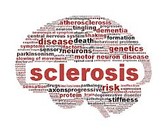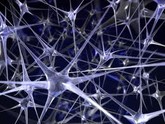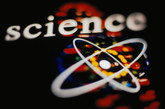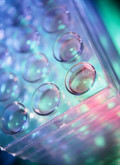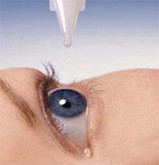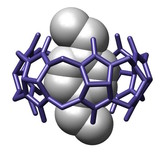Non‐Biological Complex Drugs
Warning letter causes delays for follow-on glatiramer acetate
US-based biotechnology firm Momenta Pharmaceuticals (Momenta) announced on 17 February 2017 that Sandoz’s contracted fill/finish manufacturing partner, Pfizer, had received a US Food and Drug Administration (FDA) warning letter.
Is the EU ready for non-biological complex drug products?
The definition of non-biological complex drugs (NBCDs) is not officially recognized, and there is no corresponding term, in the European Union (EU) pharmaceutical legislation or scientific guidance. Despite this, authors Falk Ehmann and Ruben Pita argue in their personal capacity that the existing EU legislation and guidance is equipped to adequately assess the quality, safety and efficacy, as well as the lifecycle management, of such a group of medicinal products [1]. While agreeing with most of Ehmann and Pita, a number of experts from the Steering Committee members of the NBCD Working Group pointed out that there are still many unknowns when it comes to NBCDs [2].
Follow-on versions of glatiramer acetate in Russia and Europe
US generics company Alvogen announced in September 2016 that it had launched a follow-on version of glatiramer acetate in Central and Eastern Europe. Then in November 2016, Russia’s Biocad announced that it had completed registration for its follow-on glatiramer acetate product in Russia.
Non-biological complex drugs and pharmacopoeias
Pharmacopoeias, as standard references for pharmaceutical drug specifications and reference standards in the form of monographs, play a pivotal role in assuring drug quality and safety. How such pharmacopoeias relate to non-biological complex drugs (NBCDs) was a subject discussed by Professor Gerrit Borchard in a GaBI Journal article [1].
In vitro analysis of follow-on versions of sevelamer
Authors from the US Food and Drug Administration (FDA) have published details of an evaluation of the in vitro efficacy of sevelamer hydrochloride and sevelamer carbonate [1]. The results from this analysis, say the authors, ‘will be useful in assisting with “in vivo” biowaiver for the approval of generic sevelamer drug products’.
Determining the bioequivalence of follow-on iron formulations
Challenges associated with determining the bioequivalence of follow-on iron formulations as non-biological complex drugs (NBCDs) was a subject discussed at the US Food and Drug Administration’s Public Meeting, which was held in June 2016, as part of the agency’s FY 2016 Regulatory Science Initiatives.
FDA to set up abbreviated pathway for complex products
As part of the Generic Drug User Fee Amendments (GDUFA II) reauthorization recently agreed with industry [1], the US Food and Drug Administration (FDA) has committed to setting up a new approval pathway for drugs with complex active ingredients and formulations, as well as for drug-device combinations.
Challenges in the assessment of ophthalmic emulsions
Challenges in the assessment of the similarity or equivalence of ophthalmic emulsions as non-biological complex drugs (NBCDs) was a subject discussed at the US Food and Drug Administration’s (FDA) Public Meeting, which was held in June 2016, as part of the agency’s FY 2016 Regulatory Science Initiatives.
Cancer lab to evaluate bioequivalence of nanosimilars
The Frederick National Laboratory for Cancer Research (Frederick National Lab) announced on 10 June 2016 that it was collaborating with the US Food and Drug Administration (FDA) on the characterization of nanosimilars.
A conference on ‘Equivalence of Complex Drug Products: Scientific and Regulatory Challenges’
A conference presented by the Non-Biological Complex Drugs Working Group (NBCD WG), the Nanotechnology Characterization Laboratory (NCL) of the Frederick National Lab for Cancer Research, and the New York Academy of Sciences on ‘the Equivalence of Complex Drug Products: Scientific and Regulatory Challenge’, Wednesday, 9 November 2016, from 8:30 am to 5:15 pm in New York, USA.
